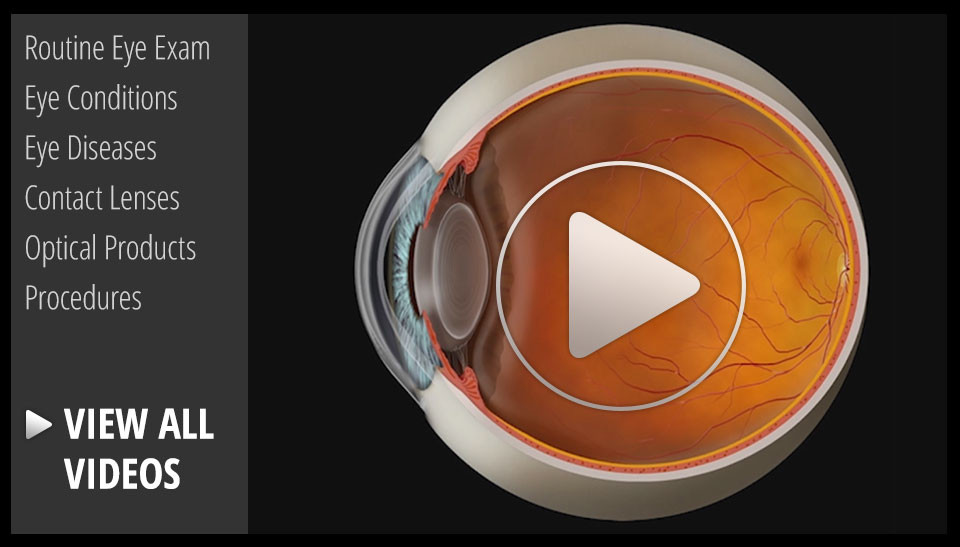Blog

The word “astigmatism” is used so much in the ophthalmic world that most people have talked about it when discussing their eye health with their doctor.
“Astigmatism” comes from the Greek “a” - meaning “without” - and “stigma” - meaning “a point.” In technical ocular terms, astigmatism means that instead of there being one point of focus in the eye, there are two. In other words, light merges not on to a singular point, but on two different points.
This is experienced in the real world by blurred, hazy vision, and can sometimes lead to eye strain or headaches if not corrected with either glasses or contact lenses.
Astigmatism is not a disease. In fact, more than 90% of people have some degree of astigmatism.
Astigmatism occurs when the cornea, the clear front surface of the eye like a watch crystal, is not perfectly round. The real-world example we often use to explain astigmatism is the difference between a basketball and a football.
If you cut a basketball in half...

That Depends On The Option You Choose
Should you pay extra for cataract surgery? Many surgeons refer to these options as “Premium,” “Advanced,” “Custom” or “Refractive” cataract surgery.
First let me describe the three basic choices that are available today.
Option 1 - Basic cataract surgery
Basic surgery is what we have been doing for the last 30 years. The cataract is removed through a small incision in the eye, in almost all cases with the assistance of an instrument called a phacoemulsifier. This is an ultrasound-driven instrument that breaks the cataract into small pieces before it is then sucked out of the eye.
Once that is completed an intraocular lens is placed in the eye. This lens is called a fixed-focus lens, which means the lens allows you to see well in one place in space. Most of the time the lens is chosen for good distance vision (but it can be chosen for good near vision instead).
With this lens you see well at the distance chosen but can’t see...


